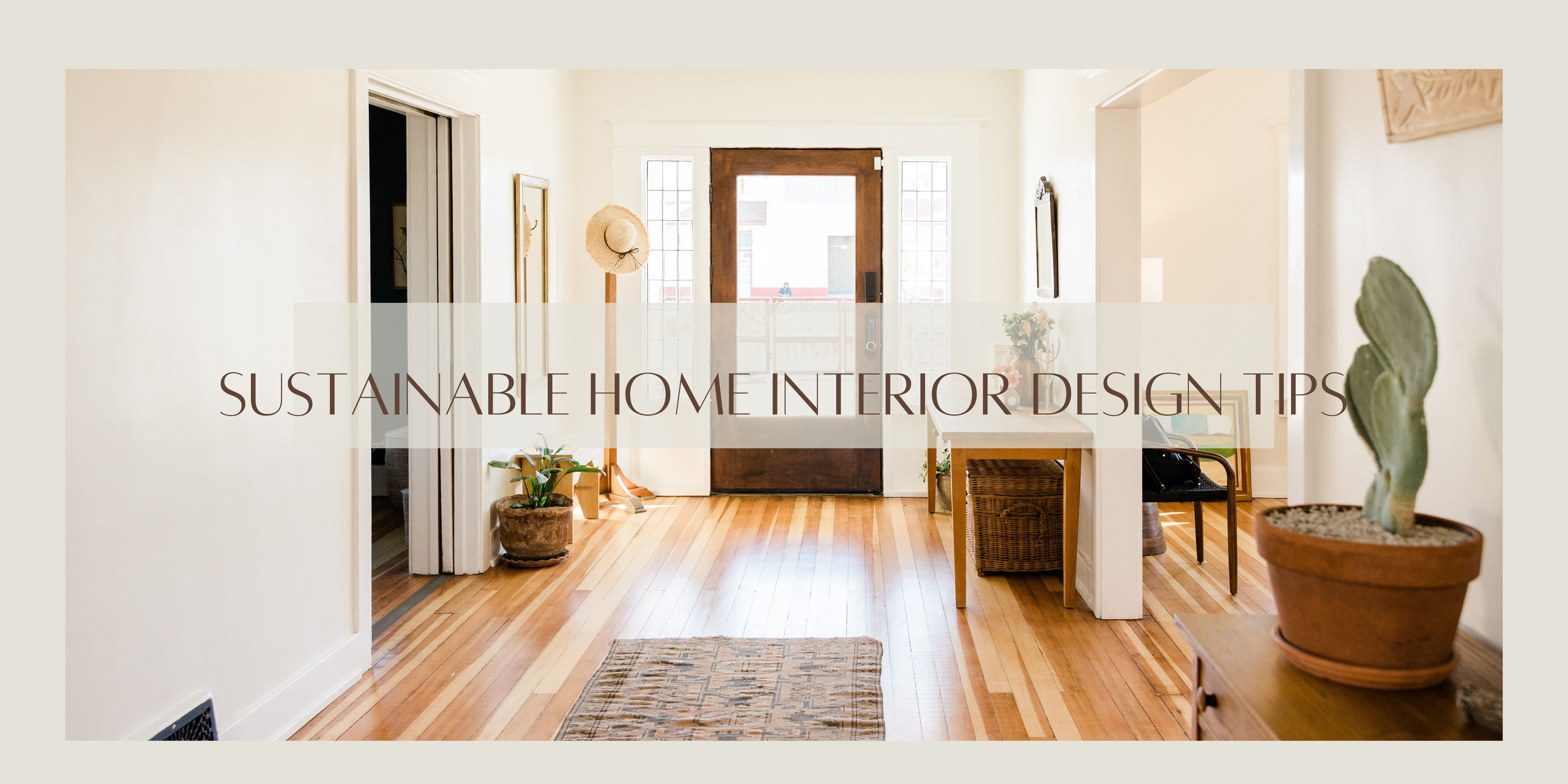Sustainable Interior Design: How to Make Your Home More Eco-Friendly
Sustainable interior design is a growing trend, as people become more aware of the environmental impact of their choices. This type of interior design focuses on using materials that are environmentally friendly and that have a low carbon footprint. There are many ways to make your home more sustainable, from choosing the right materials to using energy-efficient appliances. Here are some tips for sustainable interior design:

1. Choose sustainable materials
The first step to sustainable interior design is to choose sustainable materials. This means opting for materials that are made from renewable resources, such as wood, bamboo, and cork. It also means choosing materials that are low-impact, meaning they have a minimal impact on the environment during their production and use.
Some examples of sustainable materials include:
- Wood: Wood is a renewable resource that can be harvested sustainably. It is also a durable material that can last for many years.

- Bamboo: Bamboo is a fast-growing plant that can be harvested without destroying the environment. It is also a strong and durable material that can be used for a variety of purposes.

- Cork: Cork is made from the bark of the cork oak tree. It is a sustainable material that is also water-resistant and fire-resistant.

- Recycled materials: Recycled materials are another great option for sustainable interior design. These materials can be used to create new products that have a lower environmental impact than products made from virgin materials.
Also read: Top Trending Home Interior Design Architecture 2023
2. Use energy-efficient appliances.
Another way to make your home more sustainable is to use energy-efficient appliances. These appliances use less energy to operate, which can save you money on your energy bills and reduce your carbon footprint.
Some examples of energy-efficient appliances include:
- LED light bulbs: LED light bulbs use less energy than traditional incandescent light bulbs. They also last longer, which means you will need to replace them less often.
- Energy-efficient refrigerators: Energy-efficient refrigerators use less energy to keep your food cold. They also have features that help to save energy, such as automatic defrost and humidity control.
- Energy-efficient washing machines: Energy-efficient washing machines use less energy to wash your clothes. They also have features that help to save water, such as water-saving cycles and sensors that detect the size of your load.
3. Improve your home’s insulation.
A well-insulated home will retain heat in the winter and cool air in the summer. This can help you to save money on your energy bills and reduce your carbon footprint.
There are a few ways to improve your home’s insulation. You can add insulation to your attic, walls, and floors. You can also seal up any cracks or gaps around windows and doors.
4. Use natural light.
Natural light is a free and renewable source of light. Using natural light in your home can help you to save energy on your lighting bills and reduce your carbon footprint.
There are a few ways to use natural light in your home. You can open up your curtains and blinds during the day to let in natural light. You can also install skylights or solar tubes to bring natural light into your home even on cloudy days.
Also read: Top Trending Kitchen Architecture Design 2023
5. Choose low-maintenance materials.
When choosing materials for your home, opt for low-maintenance materials that will not require a lot of care and upkeep. This will help you to save time and money in the long run.
Some examples of low-maintenance materials include:
- Hardwood floors: Hardwood floors are durable and easy to care for. They can be cleaned with a damp mop and do not require waxing.

- Ceramic tile: Ceramic tile is also durable and easy to care for. It can be cleaned with a damp mop and does not require sealing.

- Leather furniture: Leather furniture is durable and easy to clean. It can be wiped down with a damp cloth and does not require special care.
6. Recycle and compost.
Recycling and composting are great ways to reduce your environmental impact.
Also read: Guide on How to Hire an Interior Designer For Your Home